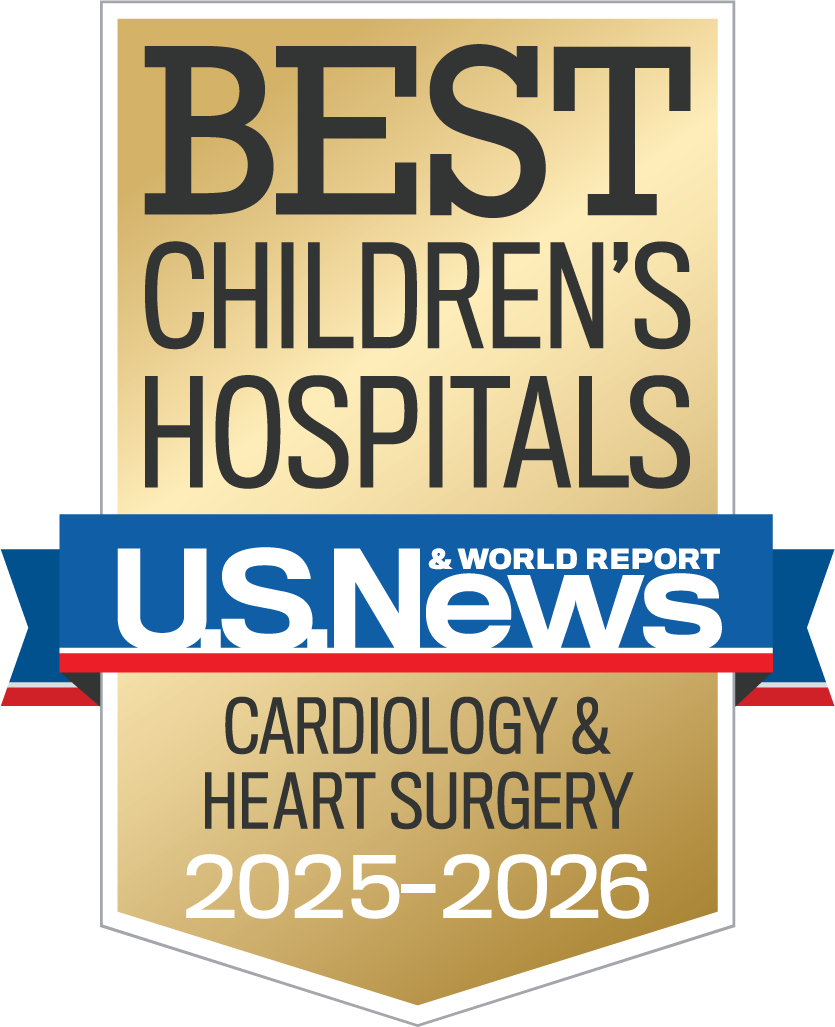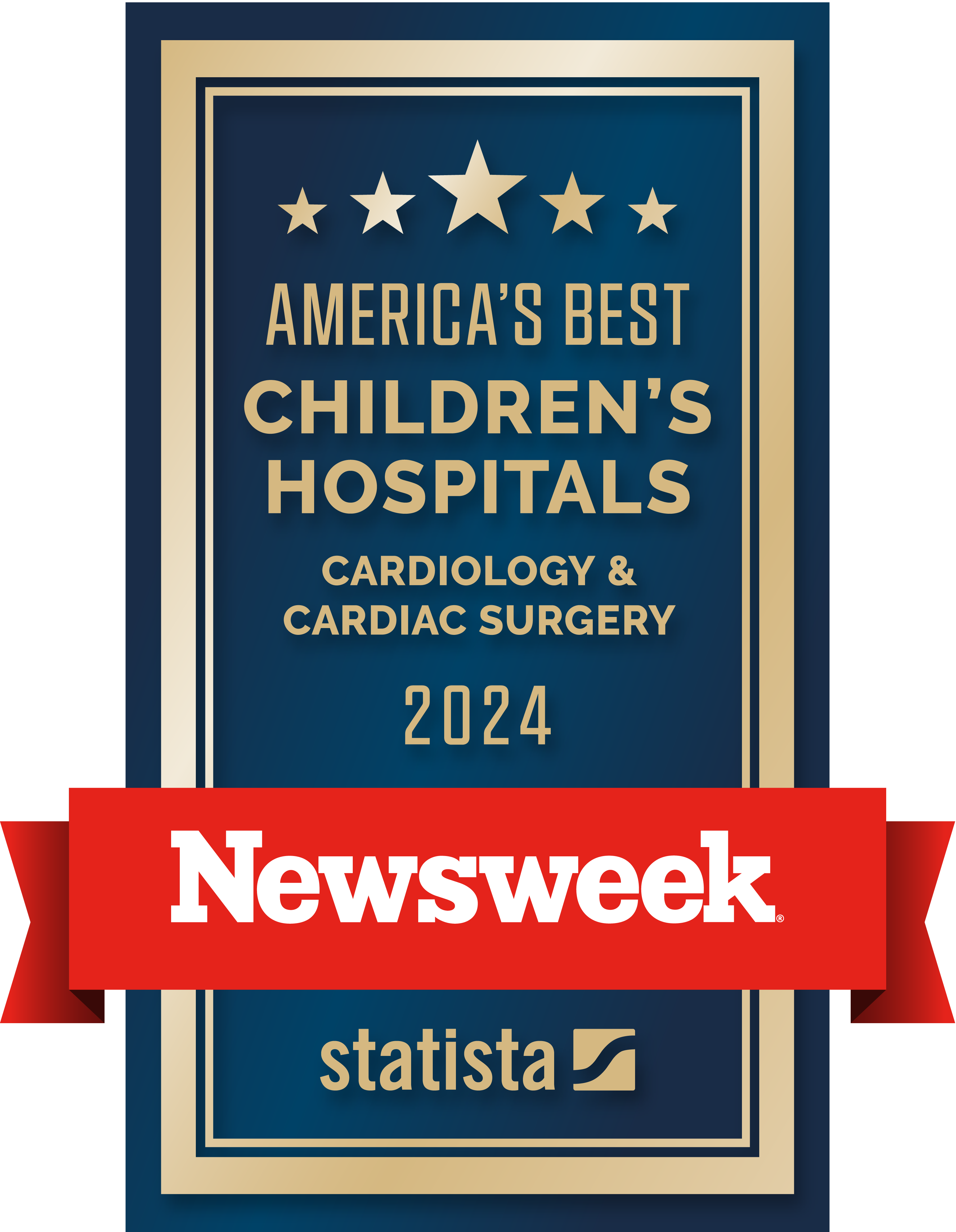A cardiac catheterization procedure can diagnose and treat narrowed heart vessels and valves as well as common congenital defects that create a hole in the heart. Catheterization helps children avoid invasive open-heart surgeries that leave incision scarring and require recovery in the hospital. Catheterization can treat some heart conditions just as effectively as surgery does, and it doesn’t require a lengthy incision or often a hospital stay.
Boston Children’s is home to the largest pediatric catheterization program in the U.S. Our interventional cardiologists annually perform more than 1,500 catheterizations, including more than 800 interventional catheterizations that treat conditions — more than any other pediatric heart center in the country. Our program also pushes the boundaries of what is possible in cardiac care, including pioneering the world’s first successful fetal cardiac intervention.
How we approach cardiac catheterization
Before echocardiograms, CT scans, and MRIs, catheterization was a vital way of understanding congenital heart disease. It is still a useful diagnostic tool, but over the last several decades cardiologists have increasingly involved catheterization in the treatment of heart disease.
Our program is at the forefront of minimally invasive cardiac care, creating safe and effective catheterization procedures that treat common as well as complex, rare, and life-threatening heart conditions. From pioneering and improving the fetal cardiac intervention to innovations that treat premature babies and young children, we are motivated by seeing children’s health improve and them avoiding surgery.
How we treat heart disease through catheterization
A catheterization in one of our cath labs involves puncturing an artery or vein (or both in the same procedure), usually in the groin. A catheter (a small, long, flexible tube) is then inserted into the artery or vein and guided into the heart and major vessels around the heart.
There are several types of catheterization procedures to treat congenital heart disease and congenital heart defects (CHD). They include:
- The inflation of a balloon or the placement of a stent to open obstructed or narrowed blood vessels and heart valves. For example, a balloon angioplasty or stent implantation treats arterial conditions such as pulmonary artery stenosis and coarctation of the aorta. A balloon valvuloplasty treats valve conditions such as aortic valve stenosis and pulmonary valve stenosis.
- The placement of a device that closes small holes inside the heart (such as with an atrial septal defect or ventricular septal defect) or intentionally blocks blood flow in a blood vessel to treat conditions such as patent ductus arteriosus.
- A balloon atrial septostomy creates an opening between the atria (the heart’s upper chambers), allowing blood from the right side of the heart to properly mix with blood from the left side. This procedure is used to treat babies who have transposition of the great arteries (TGA) and other CHDs.
- A transcatheter valve replacement replaces a diseased aortic, mitral, tricuspid, or pulmonary valve.
- A balloon catheter opens a narrowed aortic valve and increases blood flow in a fetus to prevent hypoplastic left-heart syndrome (HLHS) and achieve a two-ventricle (pumping chamber) heart, instead of a single-ventricle heart.
Catheterization can also be used to diagnose conditions. For example, an electrophysiology study tries to identify an arrythmia. It can also obtain cardiac tissue for a biopsy.
To ensure our patients are kept comfortable and safe, specialists from the cardiac anesthesia team provide sedation or anesthesia. As a result, patients often feel little or no discomfort during catheterization, and most of them go home the same day as their procedure. Some might stay overnight for observation but don’t have to be admitted for inpatient recovery.
Sometimes, we take a hybrid approach to care, combining surgical and catheter treatment. For those and many other types of cases, we routinely collaborate with other cardiologists, as well as our cardiac surgery colleagues and other Benderson Family Heart Center specialists.


